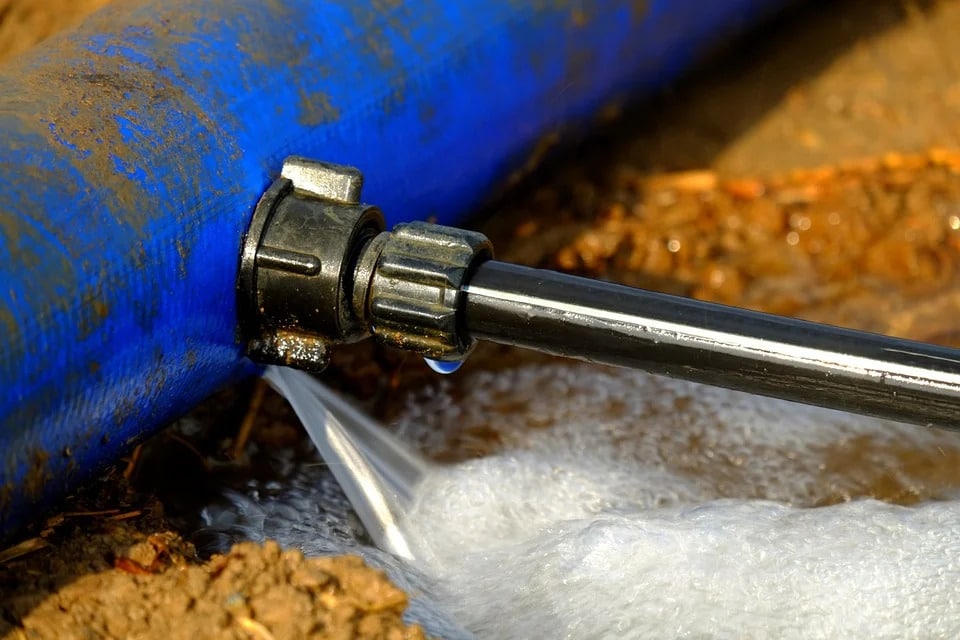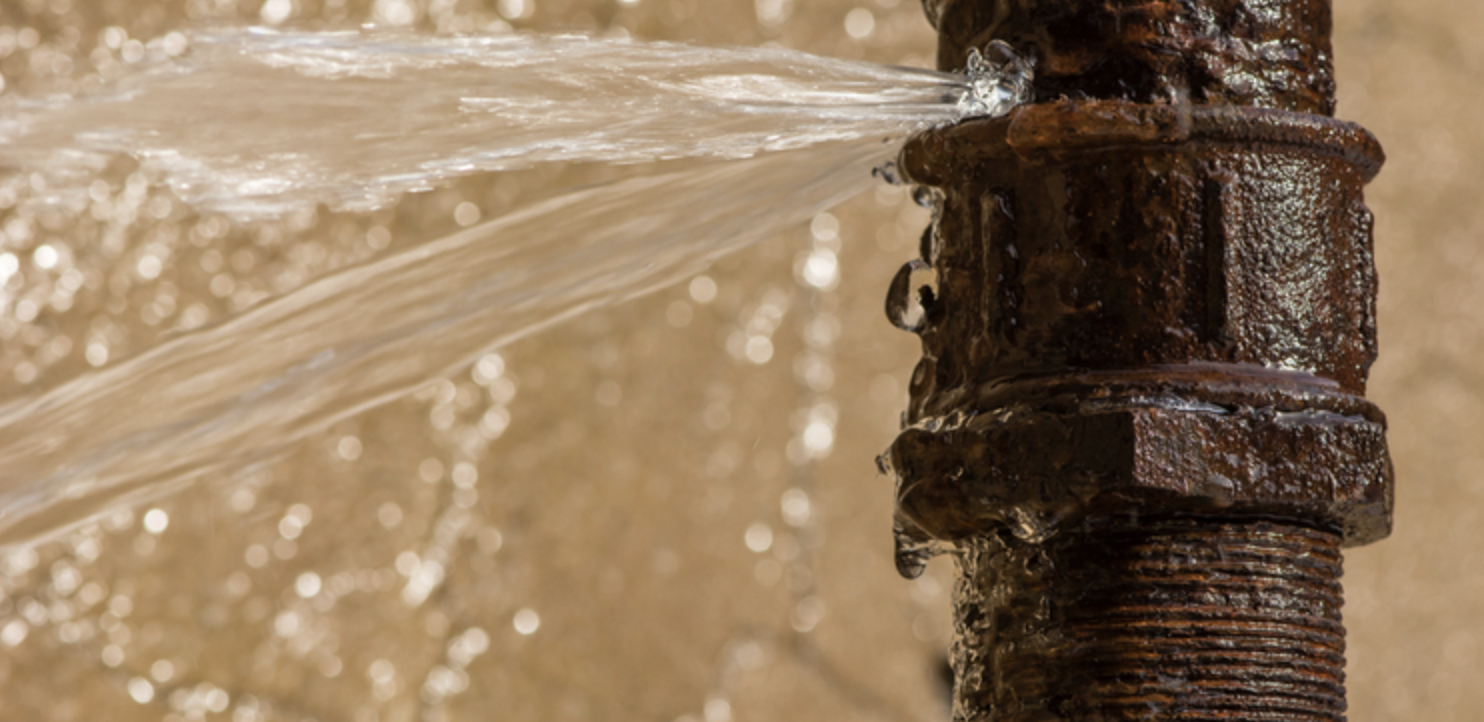We have noticed this great article involving What to Know Before Installing a Dishwasher down the page on the net and think it made sense to relate it with you in this article.

A burst pipe is a significant emergency; you can only stand as you enjoy water you pay dearly to rejoin with the planet. In even worse instances, you observe a pool on your kitchen flooring, which is an excellent journey threat, specifically if you have kids around. If the pipe that ruptured was in your wall surfaces, bad news: you may require to repaint that entire area.
Exactly how can a catastrophe like a burst pipe be stopped and taken care of? Well, by listening to your professional emergency plumbing technicians and also complying with these regulations.
How do I understand when my pipelines have burst?
Varying water pressures
Pipelines do not simply burst in a day. You may have discovered that your cooking area tap or shower doesn't run quickly when you turn the faucet. It may stop for a few seconds and after that blast you with even more pressure than usual.
In other instances, the water might appear normal initially, after that decrease in pressure after a few seconds.
Wet walls as well as water discolorations
Before a pipe ruptureds, it will certainly leak, many times. If this consistent dripping goes undetected, the leakage might graduate into a vast wound in your pipeline. One easy method to avoid this emergency is to watch out for wet wall surfaces ad water stains. These water stains will certainly lead you right to the leak.
Puddles under pipelines and sinks
When a pipe bursts, the outflow creates a puddle. It may appear that the puddle is growing in dimension, as well as regardless of the amount of times you wipe the puddle, in a few minutes, there's another one waiting to be cleaned. Typically, you may not be able to trace the puddle to any noticeable pipes. This is an indication to call a specialist plumber.
Untraceable trickling sounds
Pipeline ruptureds can take place in one of the most unpleasant locations, like within concrete, inside wall surfaces, or under sinks. When your home goes quiet, you might be able to hear an annoyingly relentless trickling sound. Even after you've checked your shower head and cooking area faucet, the leaking may continue.
Beloved viewers, the dripping might be originating from a pipe inside your walls. There isn't much you can do about that, except inform a specialist plumber.
Turn off the Water
When water freezes, it increases in volume by concerning 9 percent. As well as it expands with tremendous pressure: The pressure inside pipes might go from 40 pounds per square inch to 40,000 psi! No pipe can hold that much stress, so it bursts. The break may take place where the ice types, but regularly, it takes place where water pressure locates a weak point in the pipeline. That may be inches or even feet from the frozen location. Discover the water shutoff valve and also shut off the water to prevent more damages. You might additionally need to shut down the power also, relying on where the leaks occurs and also just how huge it is.
Contaminated water
Many individuals presume a ruptured pipeline is a one-way outlet. Fairly the contrary. As water drains of the hole or tear in your plumbing system, contaminants find their way in.
Your water might be contaminated from the resource, so if you can, check if your water storage tank has any issues. Nevertheless, if your drinking water is supplied as well as detoxified by the city government, you need to call your plumber right away if you see or smell anything amusing in your water.
What do I do when I spot a ruptured pipe?
Your water meter will certainly remain to run even while your water wastes. To decrease your losses, find the primary controls and also turn the supply off. The water mains are an above-ground framework at the edge of your residential or commercial property.
How to Fix & Detect a Leaking Pipe
How Do I Know if a Pipe is Leaking?
Leak detection tests can help you determine if your pipe has a leak. Even if you don’t see an apparent leak, you should still conduct leak detection tests regularly to save water and money—and prevent major damage to your home.
Water meter. It can be helpful to figure out what your usual water meter usage numbers are and then monitor them regularly. To monitor your meter, first, turn off all water faucets in your home. Check the meter and write down the numbers. In a few hours, check the meter again. If the numbers have changed, you have a leak. Water gauge. Use a water gauge to test your water pressure. Your showerhead should produce a certain amount of water pressure based on its model and design. If the pressure is lower than it is supposed to be for that specific showerhead, your home likely has a leak. Puddles. Look inside your bathroom, laundry, and kitchen sink cabinets. Puddles around the cabinets or around toilets, tubs, showers, and washing machines indicate the presence of a leaking pipe. You may also notice loose tiles, peeling or flaking paint, or mold caused by water accumulation. Napkin test. Even if you don’t see any puddles, you may still have a leak. You can test for water leaks in the bathroom, laundry, and kitchen by wiping below-sink connections with a napkin, paper towel, or piece of toilet paper. If it becomes damp, you probably have a leaking pipe under the sink. Discolored walls. Walls that are discolored—usually with brown or yellow stains—or bulging might mean that they have been impacted by water damage caused by a leaking pipe. Smell. A leaky pipe will create sitting water, and over time, that water may develop a musty smell. If your home smells musty, but you can’t locate the source, it may be due to a leak. Steps for Fixing a Leaking Pipe
A leaky drain can be remedied by tightening the pipe base, replacing the drain seal, caulking the rim, and tightening the pipe nut. Similarly, a leaking toilet pipe can be treated by tightening the packing nut. You may also need to replace the valve. A leaky faucet may just need tightening or replacement of the washers. If that doesn’t work, consider replacing your faucet. If your pipe has a hole in it, you may want to use a pipe leak sealer or pipe leak tape. This quick fix for water pipe leaks can also temporarily fix a copper pipe leak. https://www.ahs.com/home-matters/quick-tips/how-to-tell-if-pipes-are-leaking/

We were shown that write-up about How to Install and Connect a New Dishwasher from a good friend on a different web page. If you please set aside a second to promote this blog if you appreciated it. Thanks for your time. Visit again soon.
Got trouble? Ring!